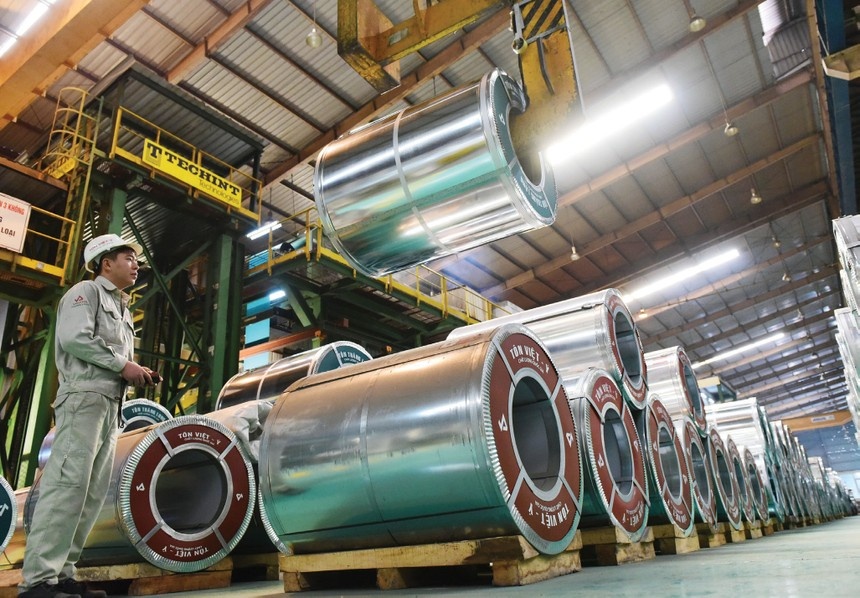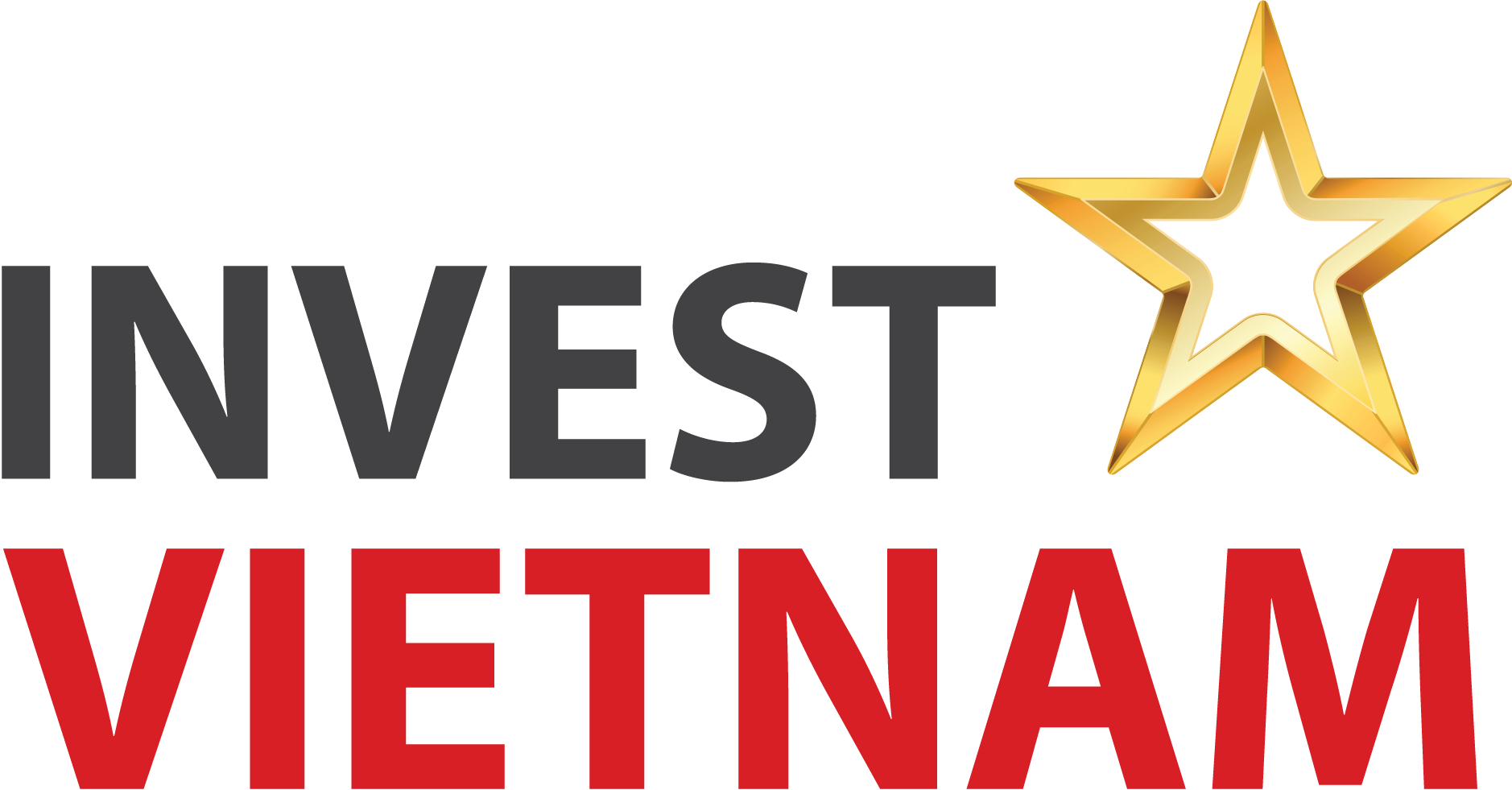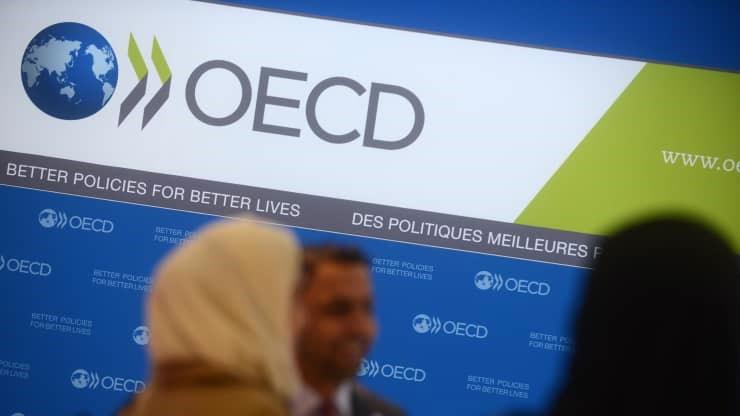Steel sector anticipates brighter prospects in 2023
A number of factors are expected to underpin a brighter performance in the steel sector in 2023.

Last week Hoa Phat Group (HPG), Vietnam’s leading steel maker holding 34 per cent of the country’s steel market, raised the retail price of its steel bar and construction rolled steel products by $6.5 per tonne.
Compared to the end of Q3, negative factors leading to the sector losses are fading, but weakening demand remains a thorny issue with no sign of relaxing, with the real estate market almost frozen, a declining export market, and spiking interest rates causing a deep dip in people’s construction demands.
Attuned to a steel price surge, the market value of steel tickers also saw a strong rebound since falling to their bottom in mid-November, with vibrant liquidity compared to the previous gloomy days, even taking the role of leading the stock market trend.
For instance, the market price of the HPG ticker spiked 51.2 per cent in more than a month from mid-November; HSG was boosted by 70.7 per cent, and NKG and SMC tickers inched up 79.7 per cent and 48.5 per cent, respectively.
The strong rise of steel companies shows the upward movement along with the market's general recovery. Many investors expect positive factors to influence steel firms’ performance in the remainder of the year and getting ready for the new year.
VNDirect Securities believes that China's reopening will help resume construction activities and boost infrastructure investment, helping steel demand in Vietnam recover.
This is one of the biggest driving forces supporting the export output growth of steel in 2023. Along with that, the increased demand for industrial production in China will also help the global supply chain to be restored and galvanise steel exporters to benefit indirectly.
Galvanised steel companies such as HSG and NKG will have the opportunity to boost export volume amid global industrial production.
Meanwhile, HPG has the ability to export steel to China thanks to competitive production costs. During 2020 - 2021, HPG sold 1.7 and 1.2 million tonnes of steel billet to China, respectively.
VNDirect experts also found that steel companies have reduced their inventories to only two-three months in the fourth quarter of 2022, compared to four-five months at the end of Q2. This alleviates the risk of inventory value reduction.
One more favourable factor for steel businesses is the government’s commitment to public investment, triggering soaring demand for iron and steel products, partly compensating for the stagnant real estate market.
According to the 2023 plan, about $3.44 billion will be disbursed into public investment projects, an increase of 34 per cent compared to the 2022 plan.
The government has committed to accelerating public investment progress and supporting domestic steel firms to maintain market share and gain development momentum in the steel sector faces mounting difficulties.
Trang Thuy
Source: VIR
Original link







